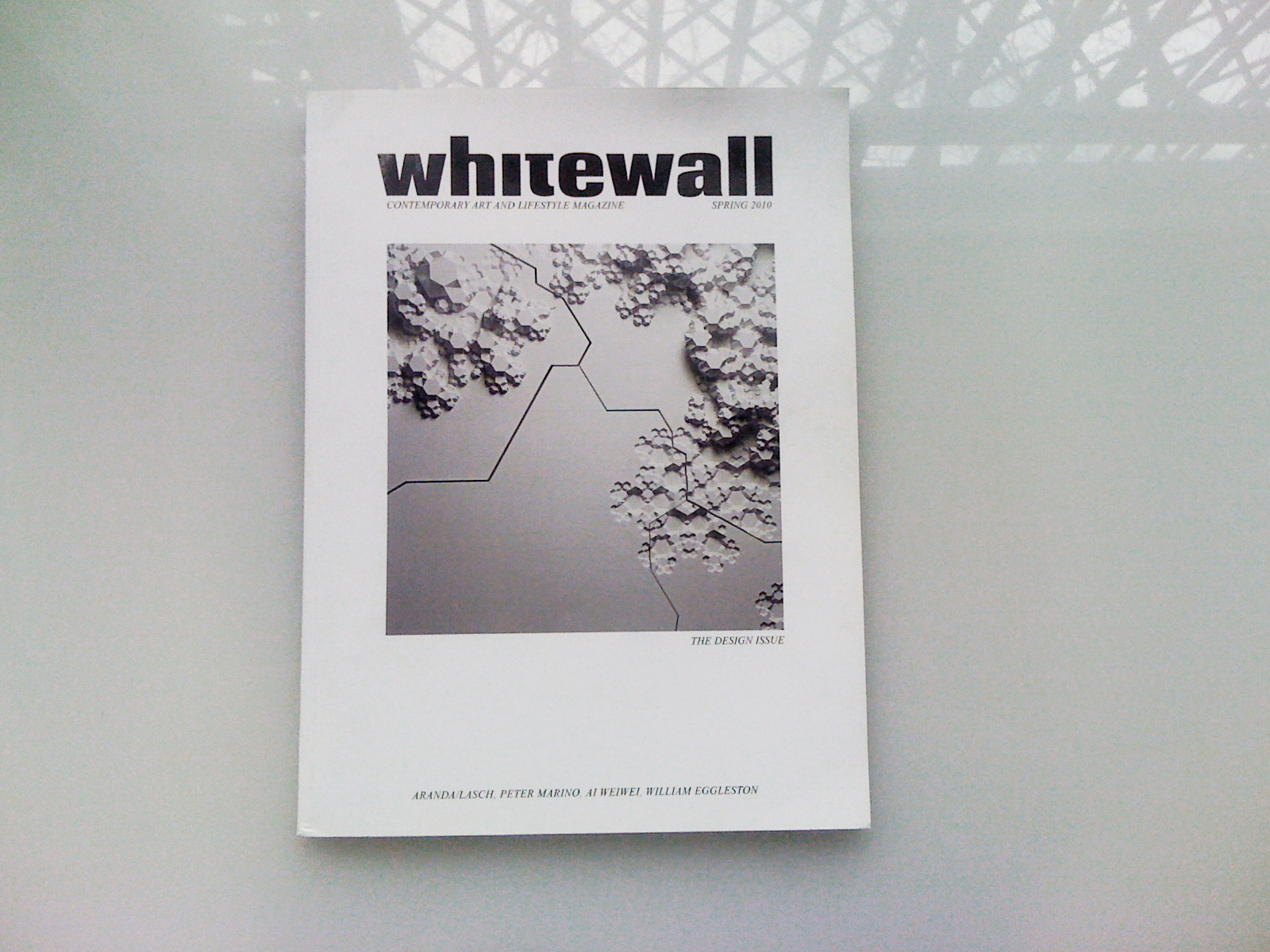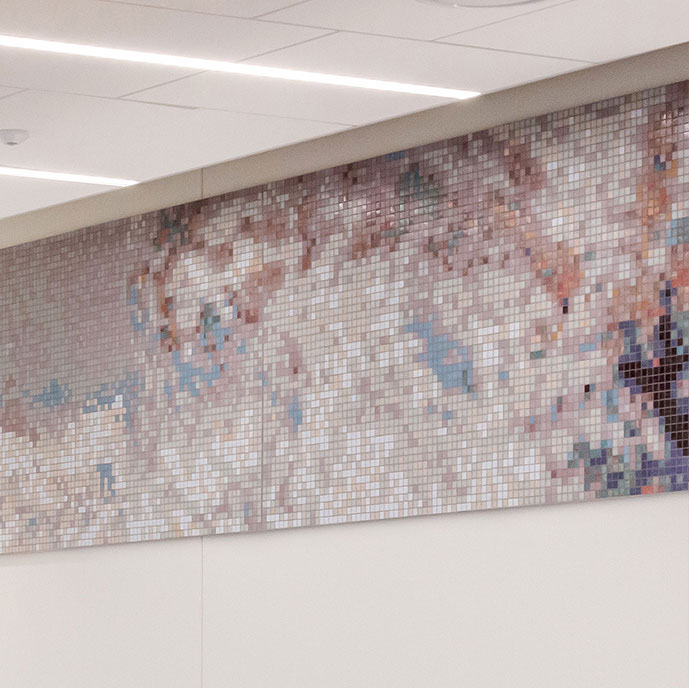This site uses cookies – More Information.
Rules
of
Six
Rules of Six is an installation commissioned for the Museum of Modern Art in New York, curated by Paola Antonelli. The project explores the notion of self-assembly, where top-down methods for determining form are replaced by bottom-up rules of formation. A software application where new material structures are “grown” through simple interactions between components sits next to a wall structure built from the same principles.

At the heart of the project is a custom piece of software that simulates formation over time in the same way molecules assemble themselves in the lab. Three-dimensional output from this application is used to produce a large-scale wall relief mounted in the gallery alongside two monitors: one running the simulation “live” and the other displaying a slideshow of actual nanostructures designed by Scullin and his colleagues.

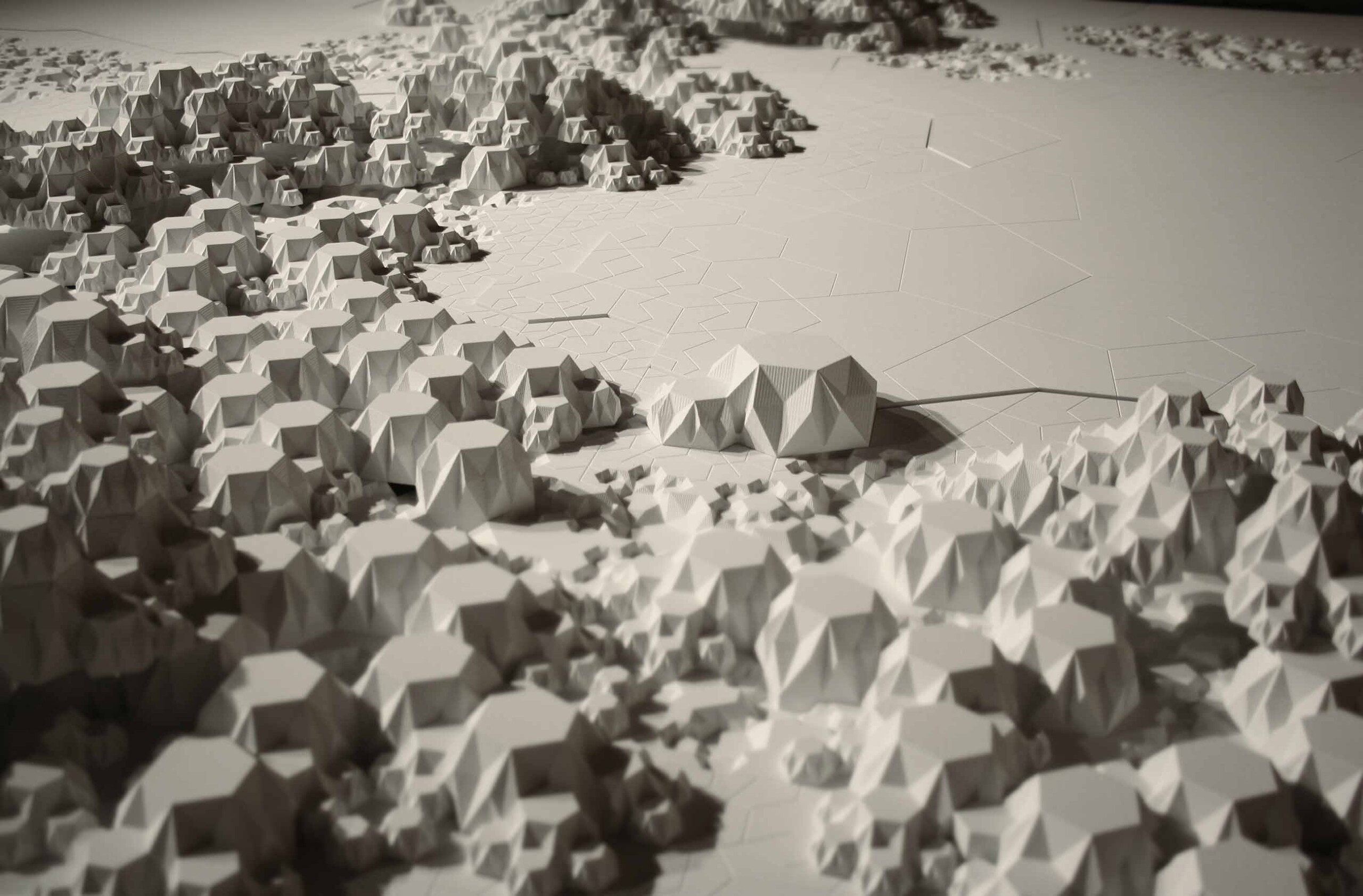

Like the nanostructures it emulates, Rules of Six is designed to multiply indefinitely without sacrificing stability. It is indifferent to scale; its sprawling construction could represent molecules, rooms, buildings or entire neighborhoods.
“What magic is there in the rule of six that compels the snowflake to conform so rigidly to its laws?” — Wilson Bentley, Snow Beauties
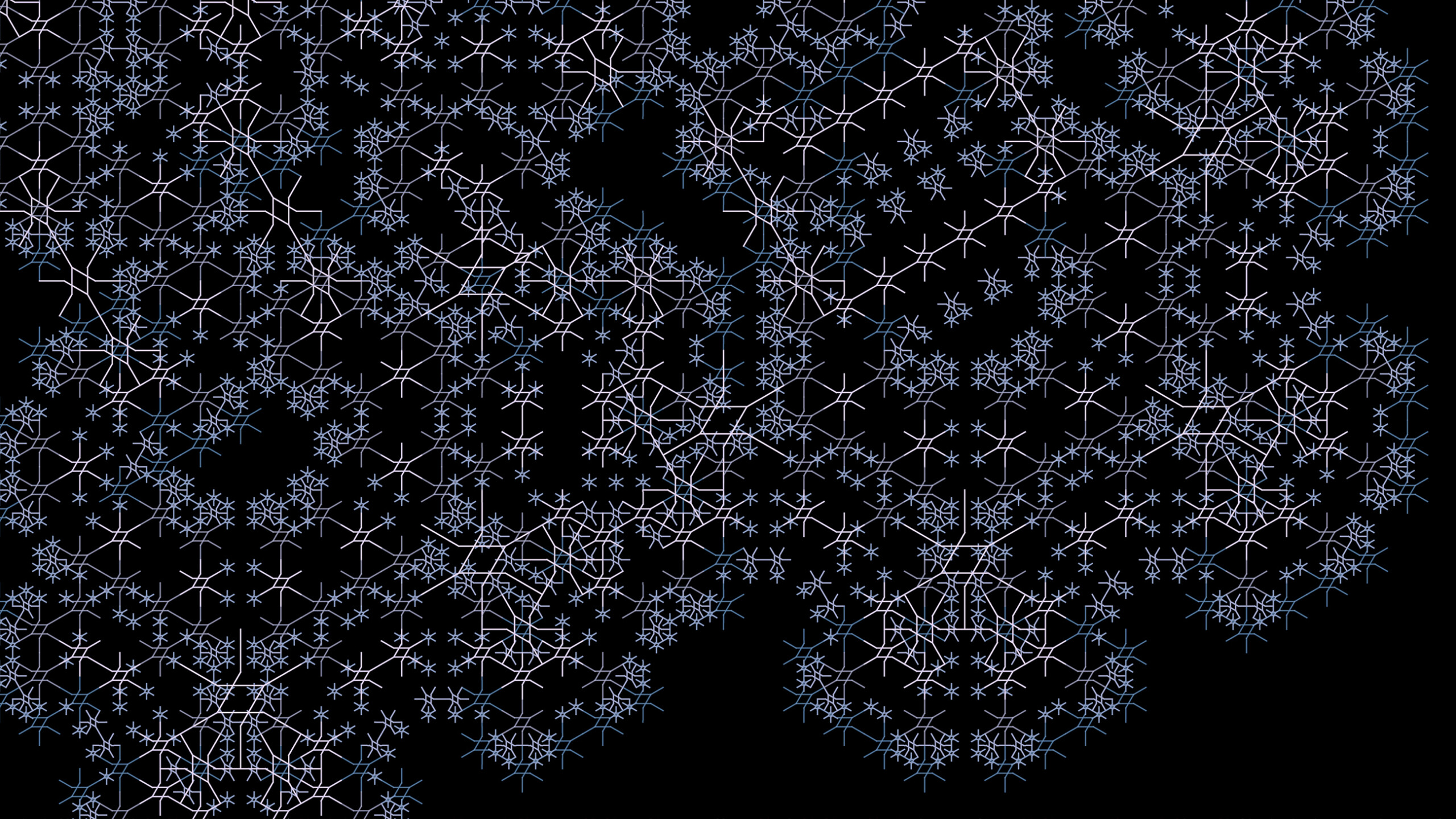


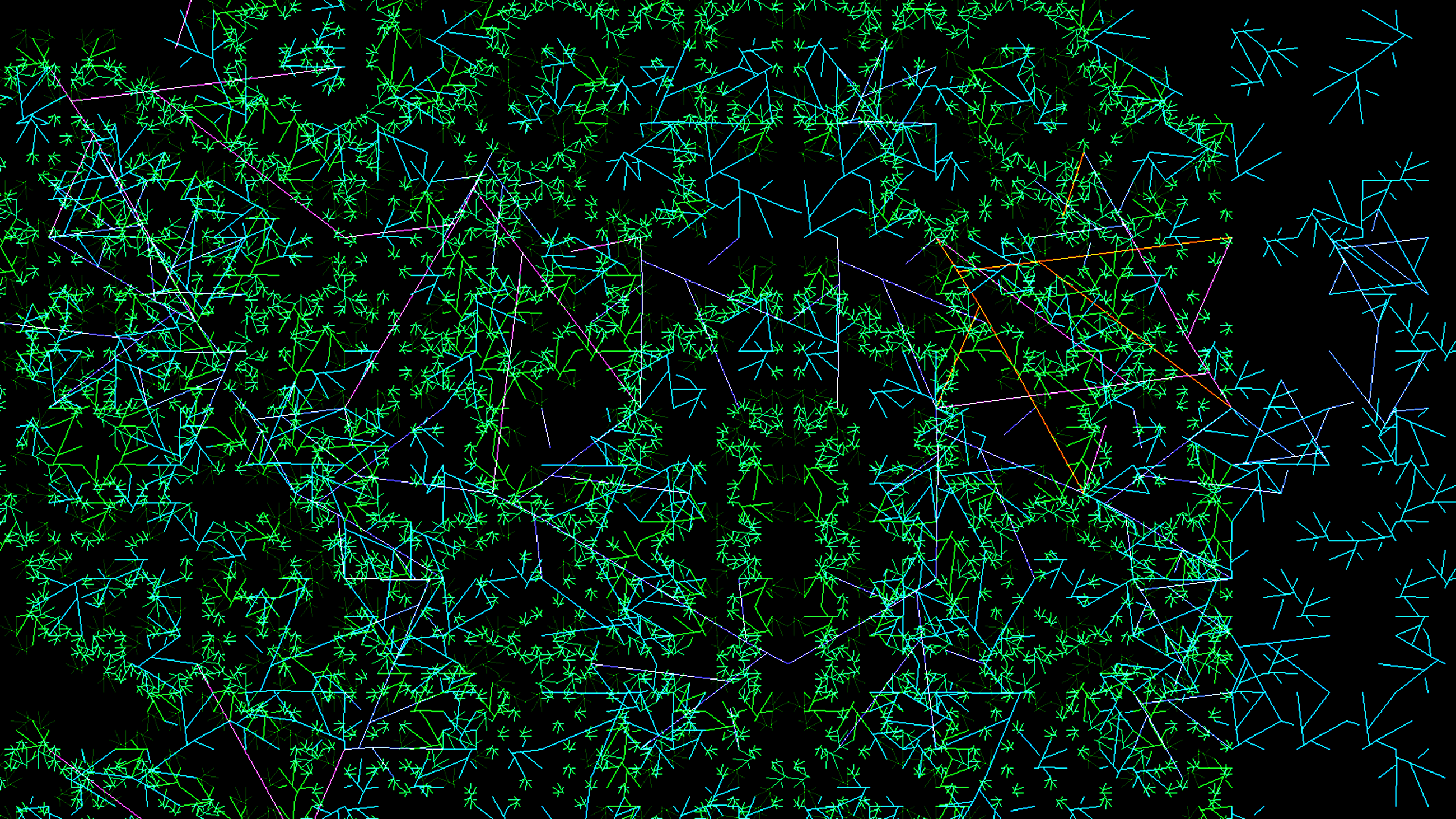

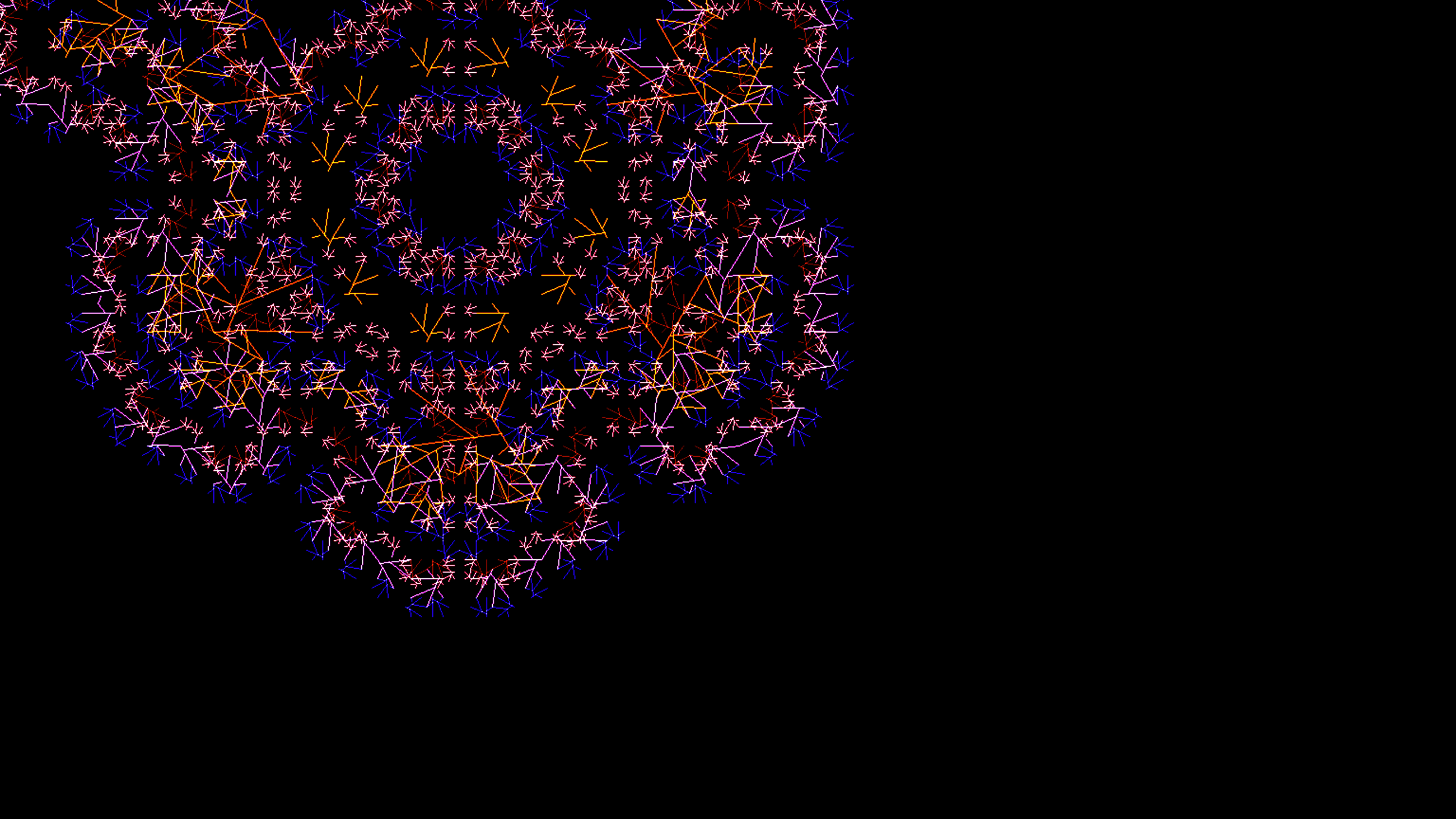



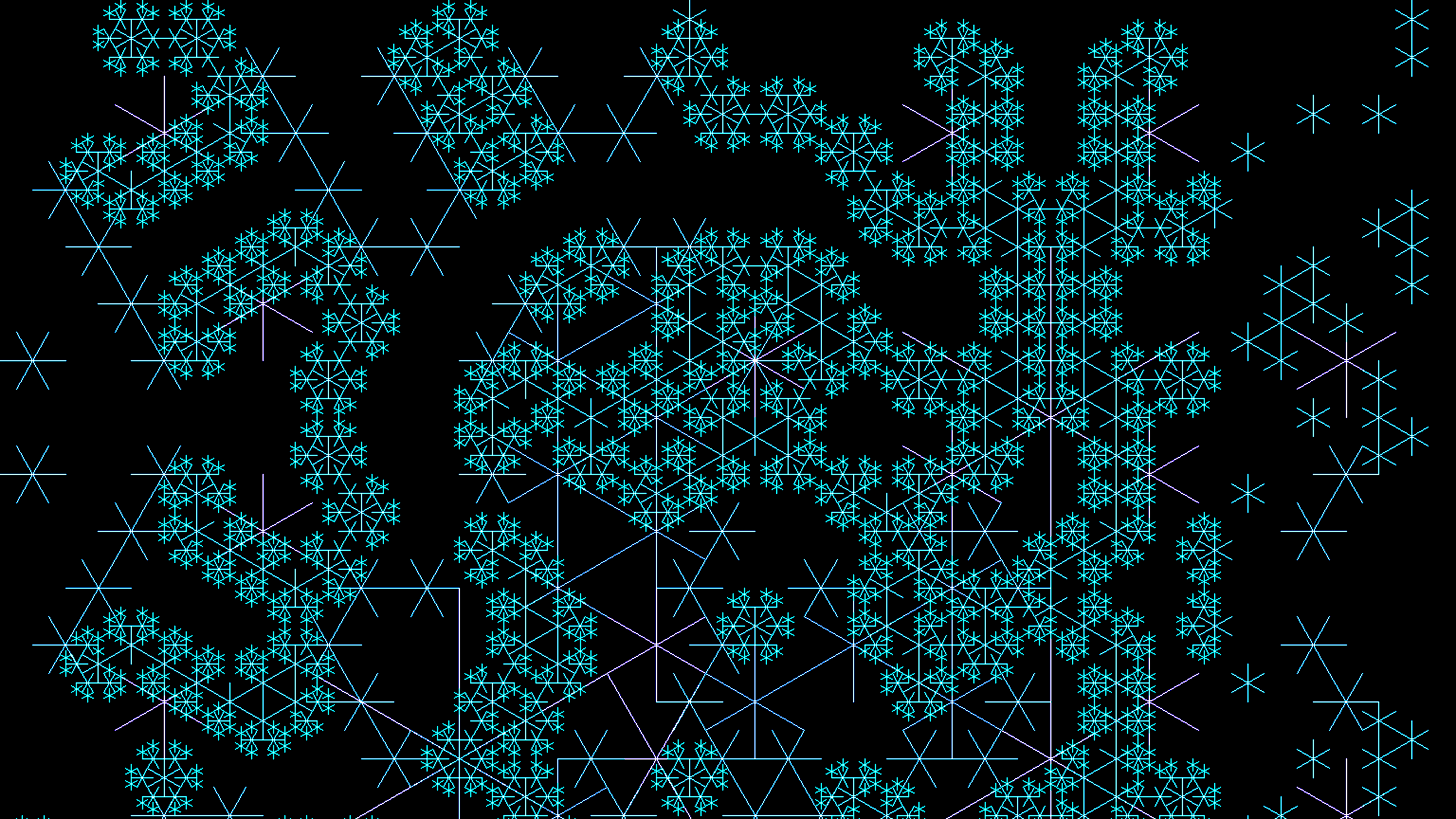


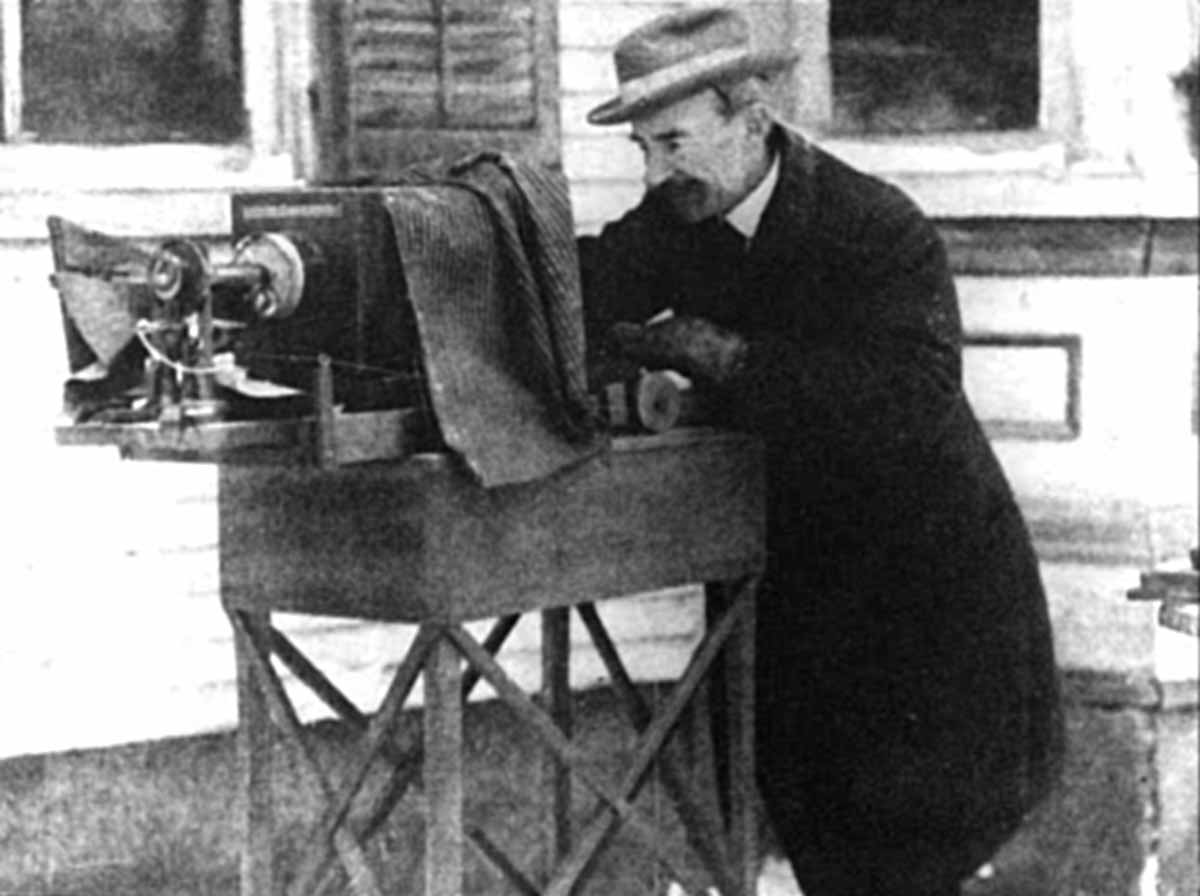
An Ode to Wilson Bentley and his Rule of Six
Imagine a few drops of water about to freeze. The endless variety of crystal shapes that emerge in that moment of crystallization became an obsession for one self-educated farmer from Vermont, Wilson Bentley, who spent a lifetime photographing snowflakes. For over forty-five years, from the time he attached a microscope onto a bellows camera in 1885, to the release of his only book, Snow Crystals, published three months before his death from pneumonia in 1931, Bently used his own photographic inventions to document over five-thousand snowflakes at the rear of his Jericho farmhouse. The painstaking process of capturing and photographing a snowflake was a fine balancing act between brutal weather and fussy equipment. The most photogenic crystals required serendipitous conditions: below freezing temperatures with westerly or northerly winds, the barometer standing precisely between 29.6 and 29.9 inches and slowly rising, a one-foot square blackboard to catch the fluffy snowflakes, a sharp pointed wooden splint to move the flake onto a microscope slide, a pair of thick mittens, a microscope on a stand attached to a camera and lastly, the photographer holding his breath once the flake is caught in order to avoid melting the specimen.

Working alone and in obscurity, derided by his farmer neighbors and initially shunned by the scientific community, Bentley’s experiments persisted. As evidenced in the eleven articles he wrote for magazines like Popular Mechanics and National Geographic, his ideas began to go beyond snowflakes in isolation and involve the topic of crystallization in general. While other studies into frost on windows, dew on spider webs and raindrops on grass expanded his repertoire, it was his intuition of the behavior and structure of the water molecule that set Bentley apart. For him the beautiful six-sided symmetry of every crystal was evidence of both the character of the cloud it came from, its altitude, electromagnetic presence and temperature as well as the rules inherent to the water molecule. It was this last detail, the water molecule itself with its attractions and repulsions, that lead Bentley to his final exasperation in an article Snow Beauties for Technical World, “What magic is there in the rule of six that compels the snowflake to conform so rigidly to its laws?”
Beneath Bentley’s exasperation is a yearning for the algorithm. The rule of six, as he puts it, is the key that unlocks his collection of 5,381 photomicrographs and establishes why – everyone now knows but was not obvious then- that no two are alike. It is a binding rule of transformation, a molecular relationship between two hydrogen atoms and one oxygen atom. The rule of six is an algorithm and as an ode to Wilson Bentley and his commitment to crystallization, we present our experiments that follow his rule of six.
Read our essay about Organization & Ruin to learn more.



